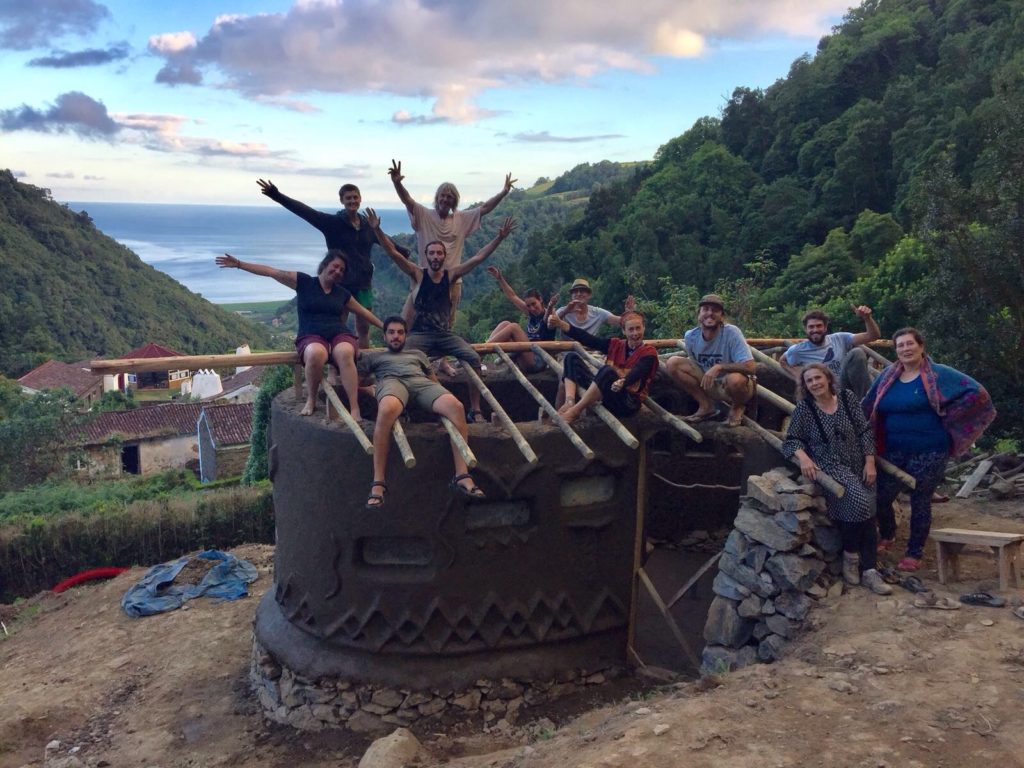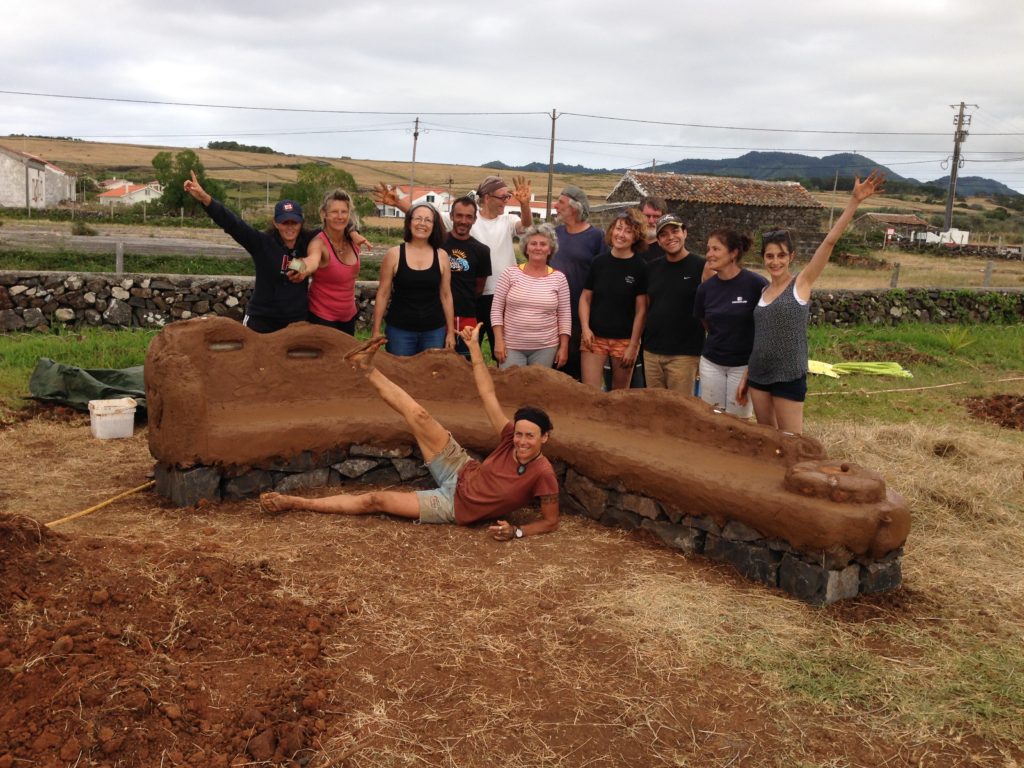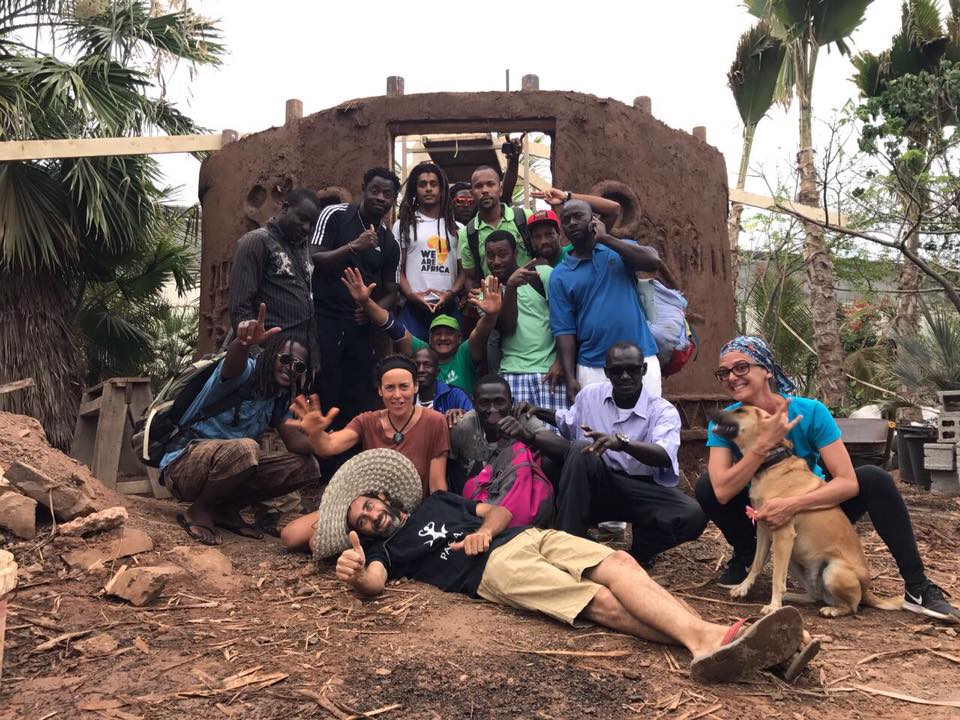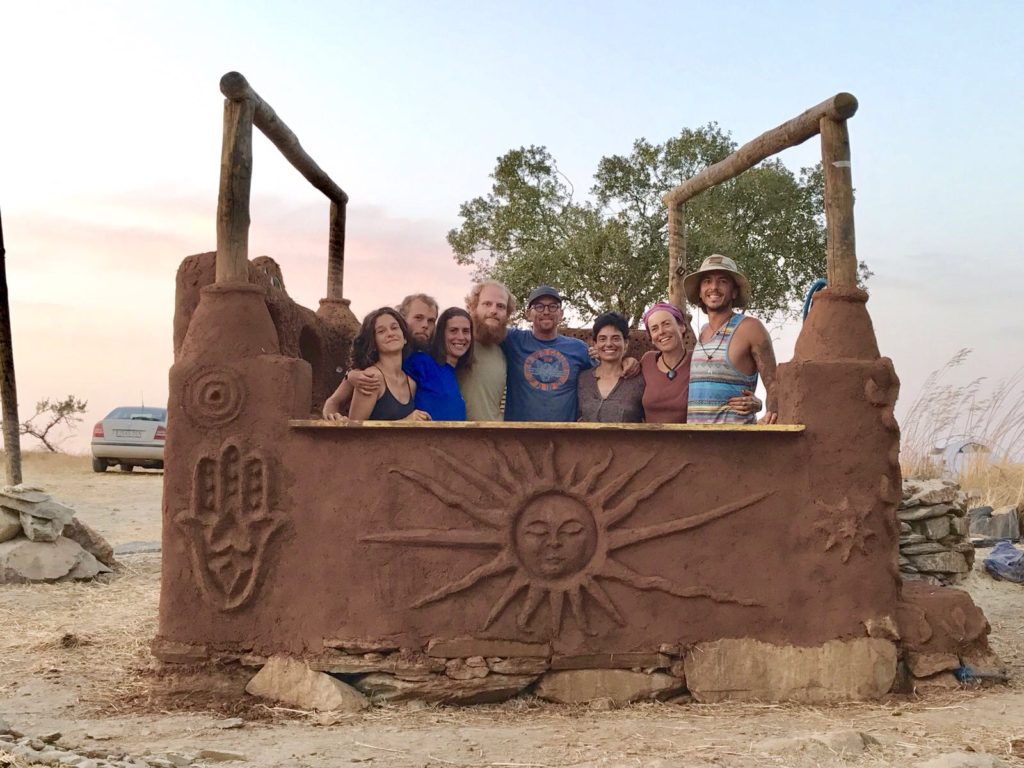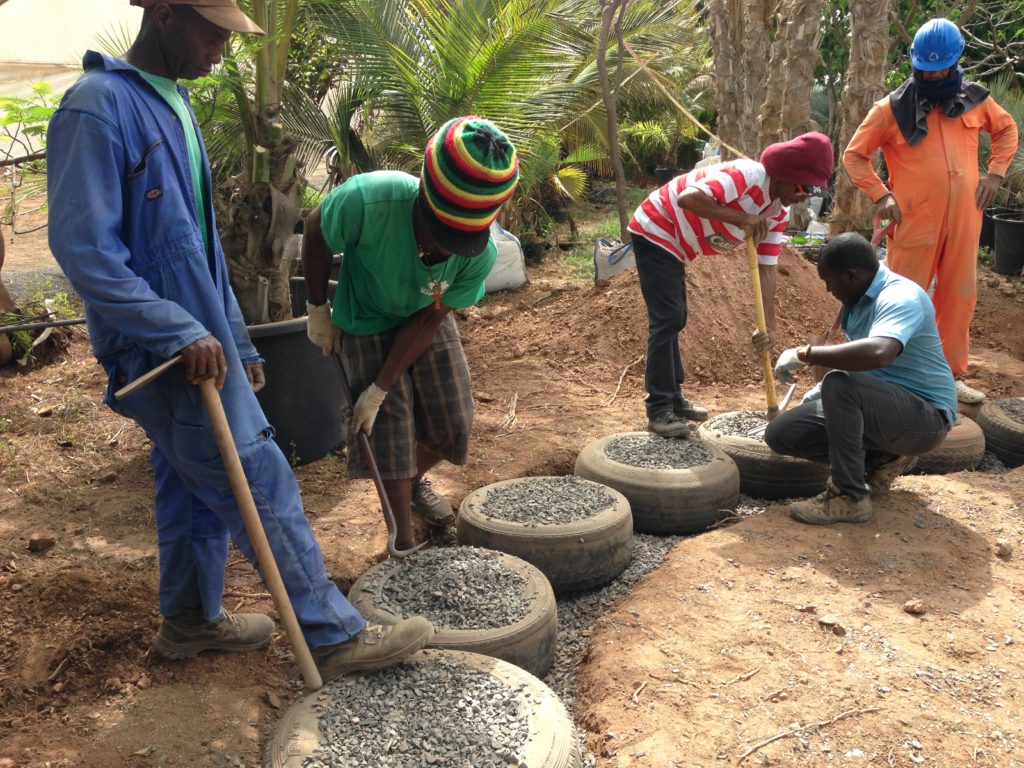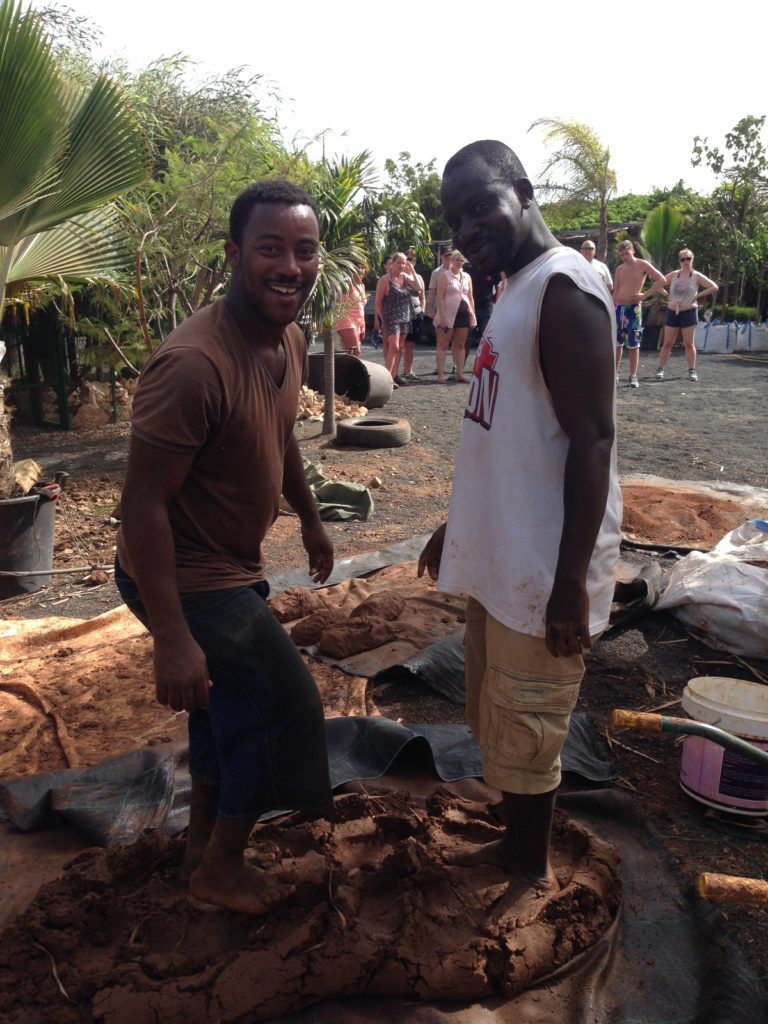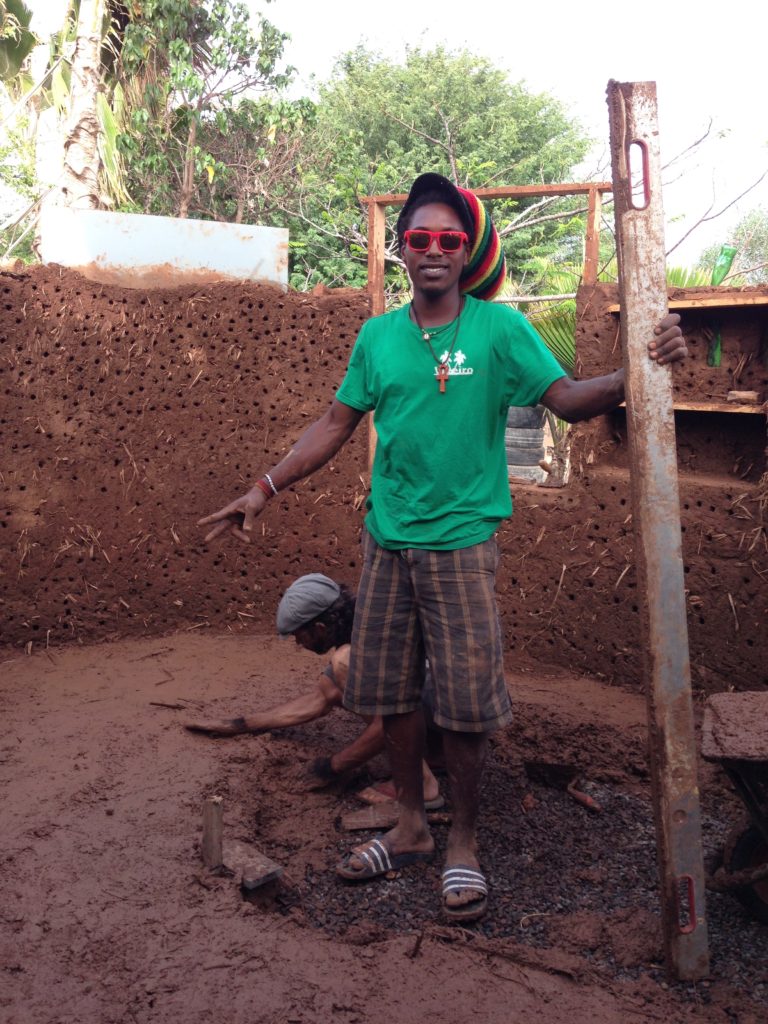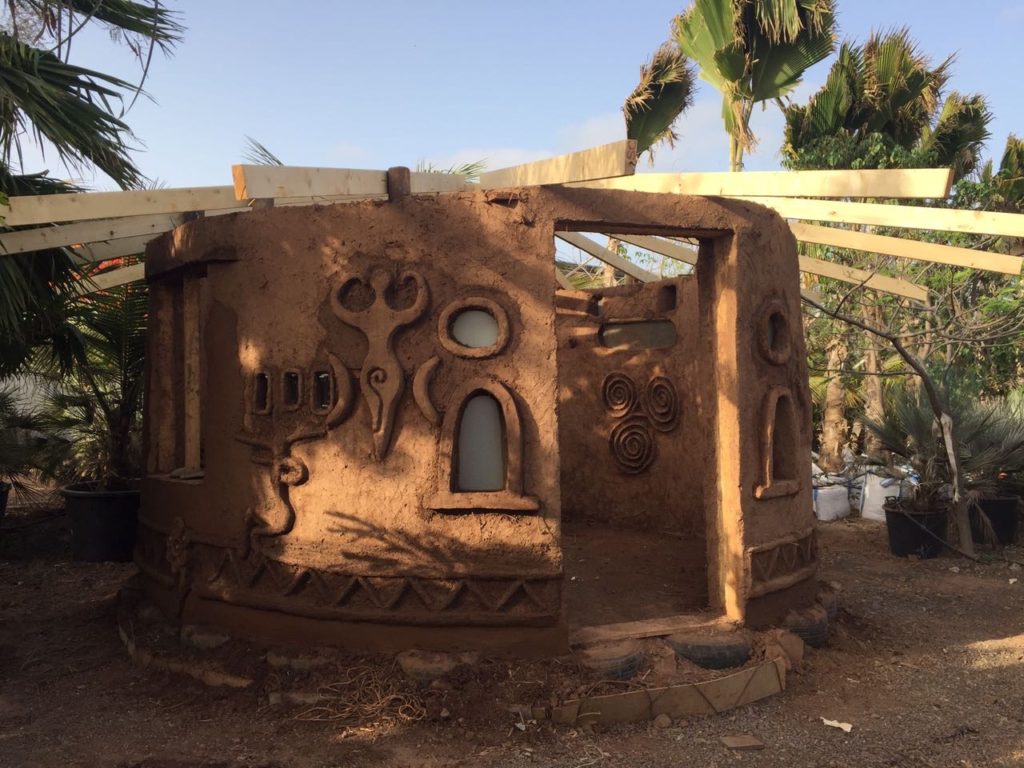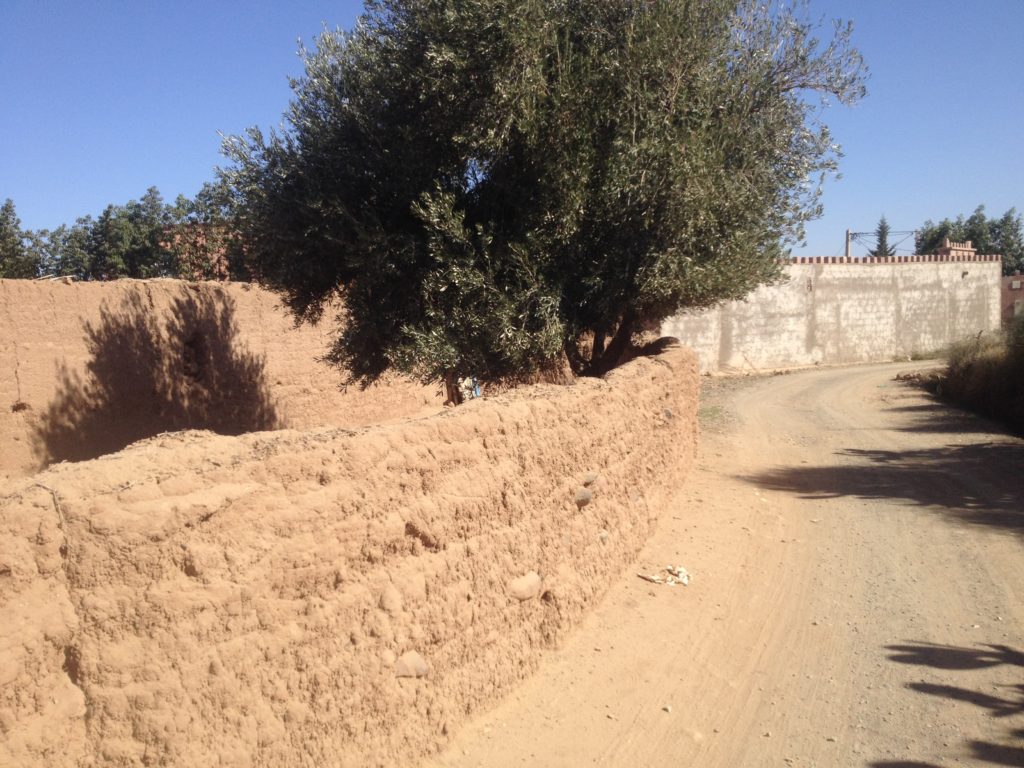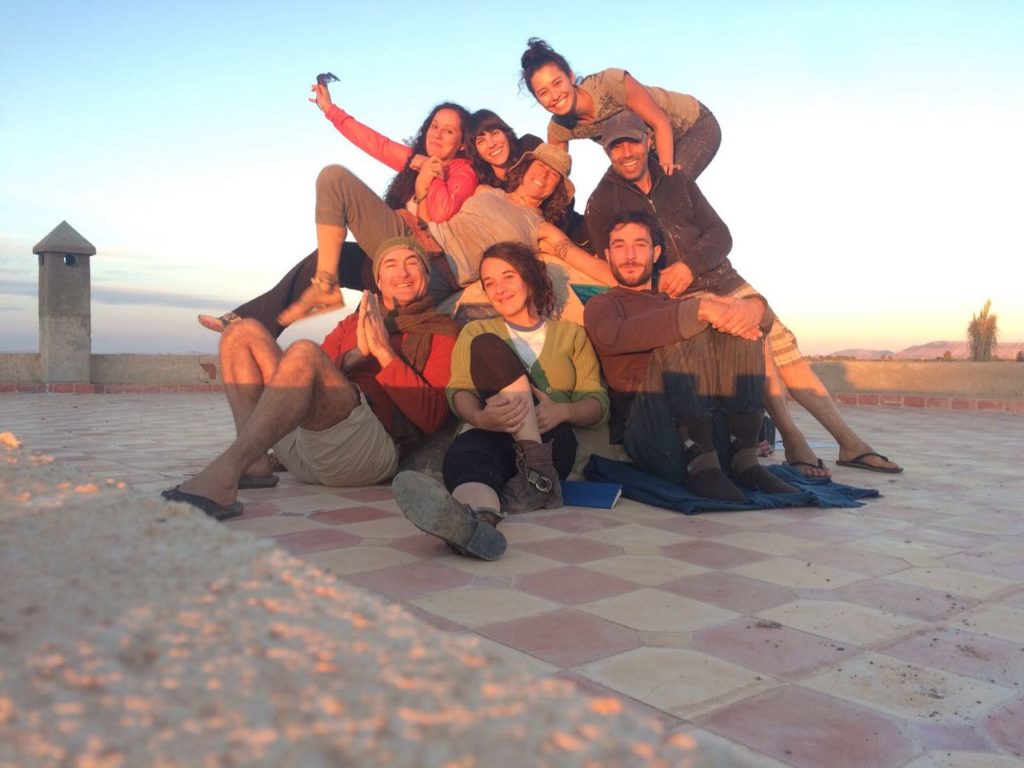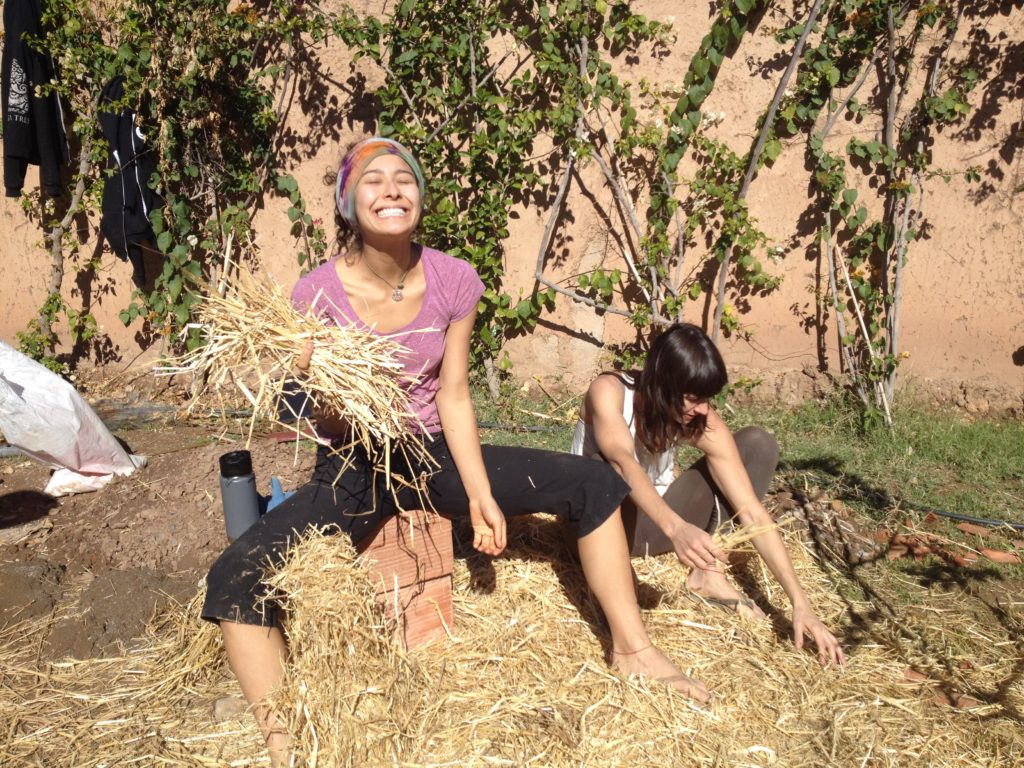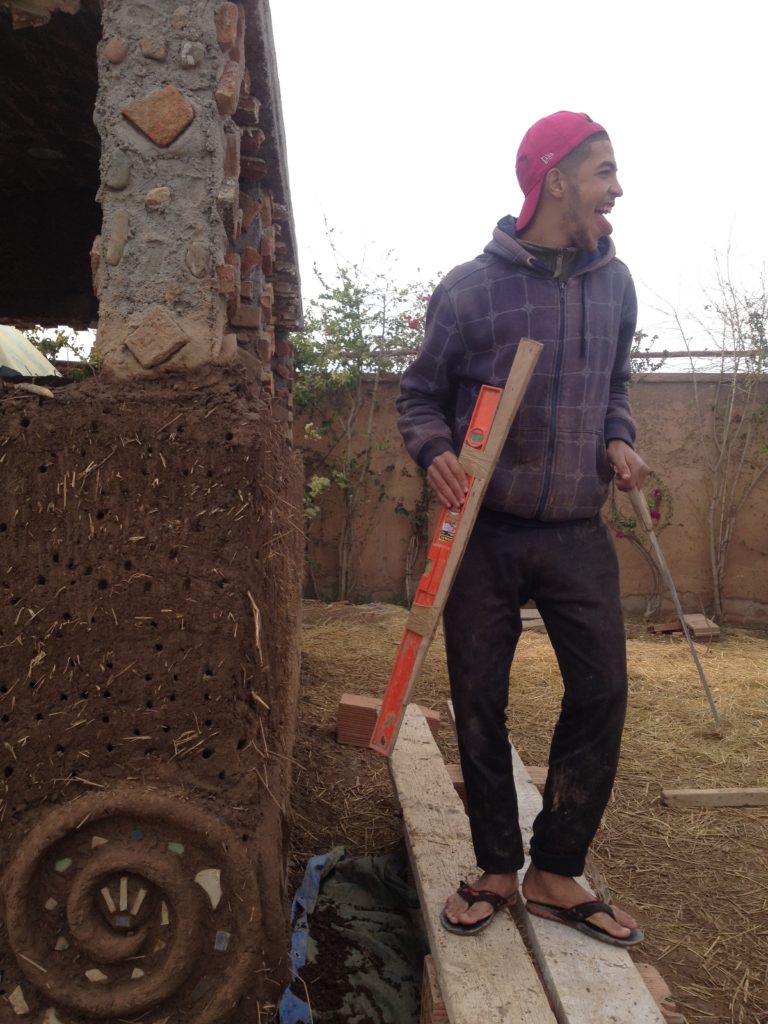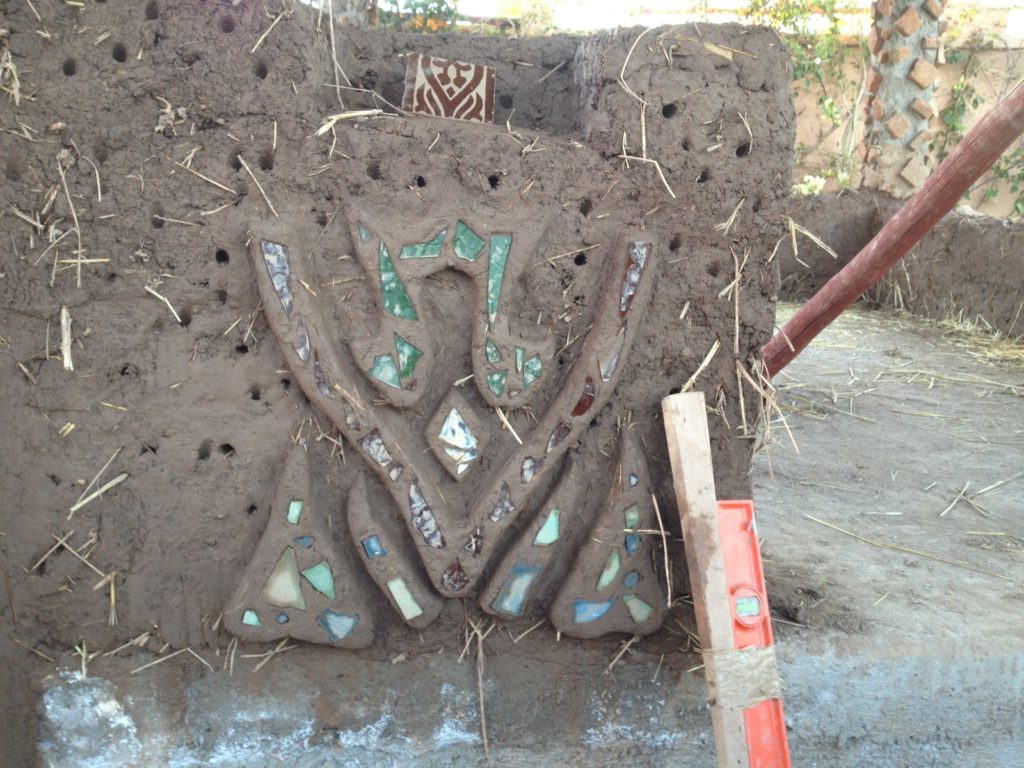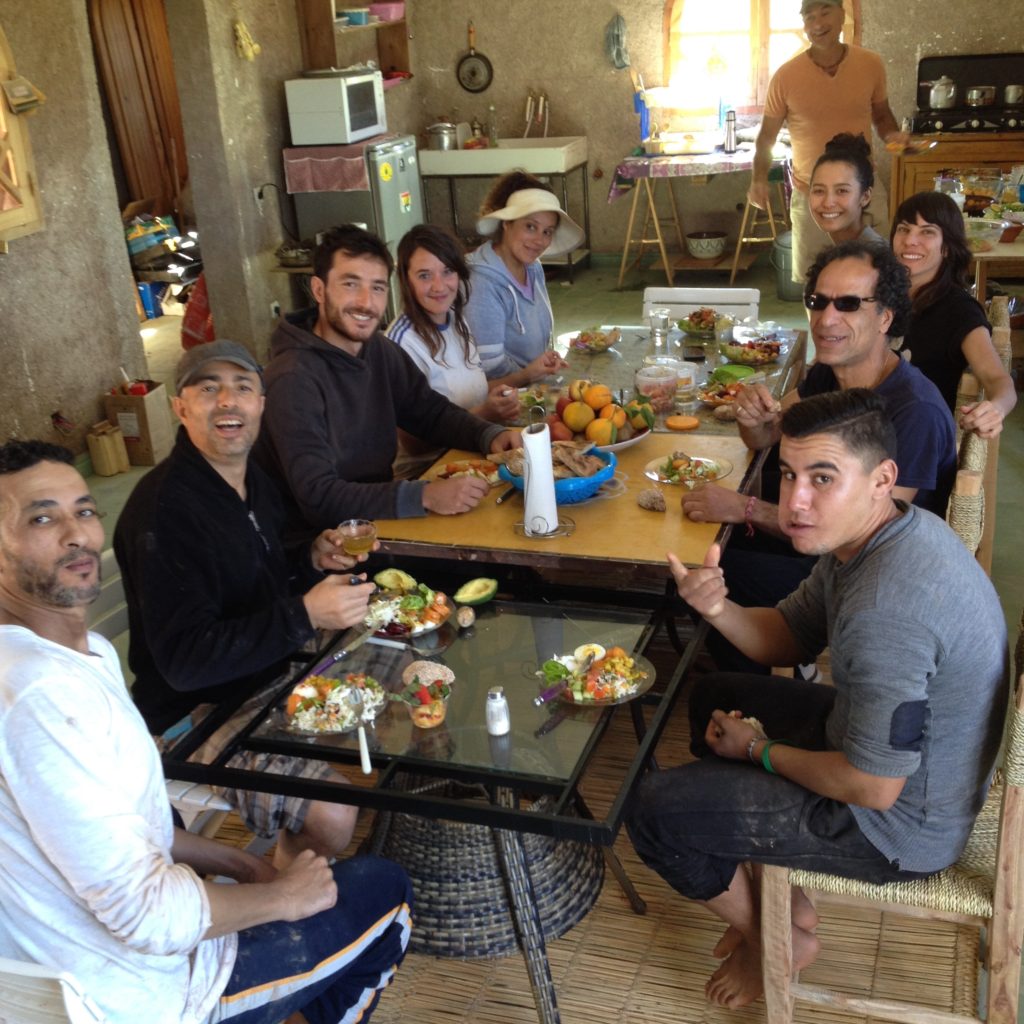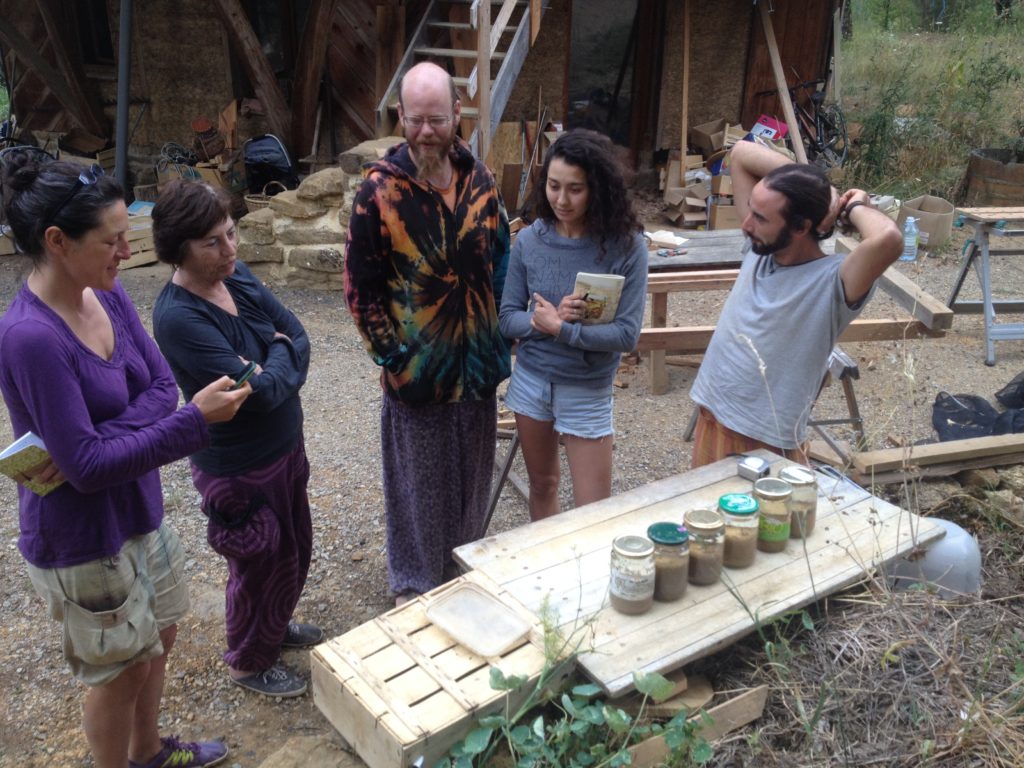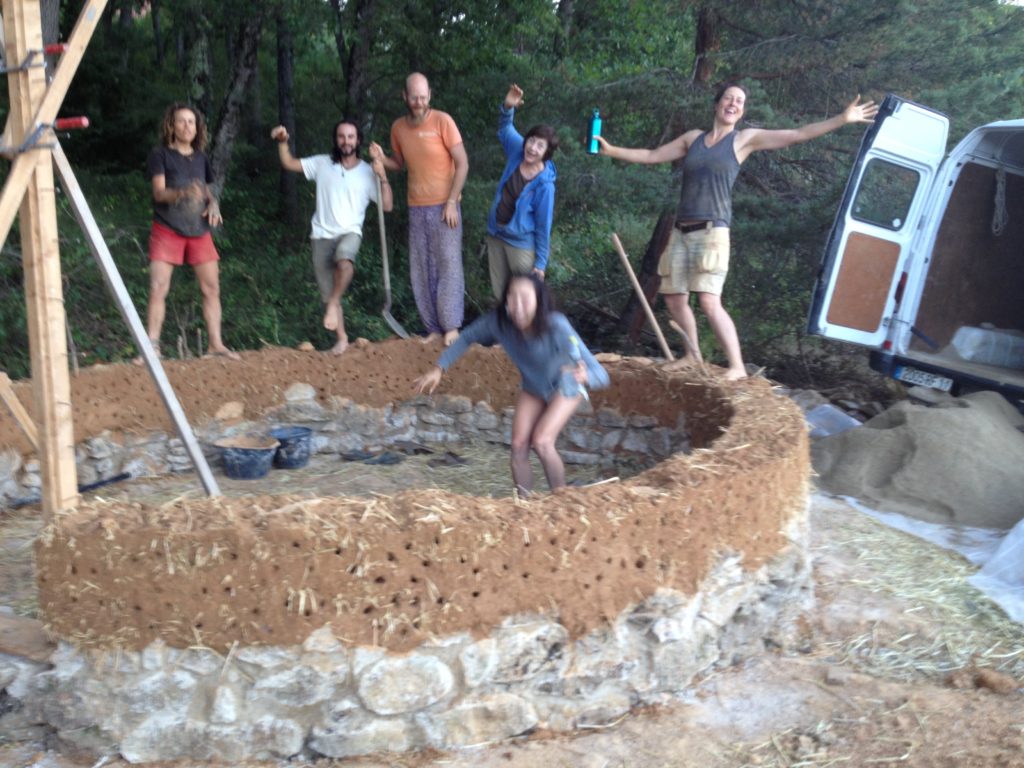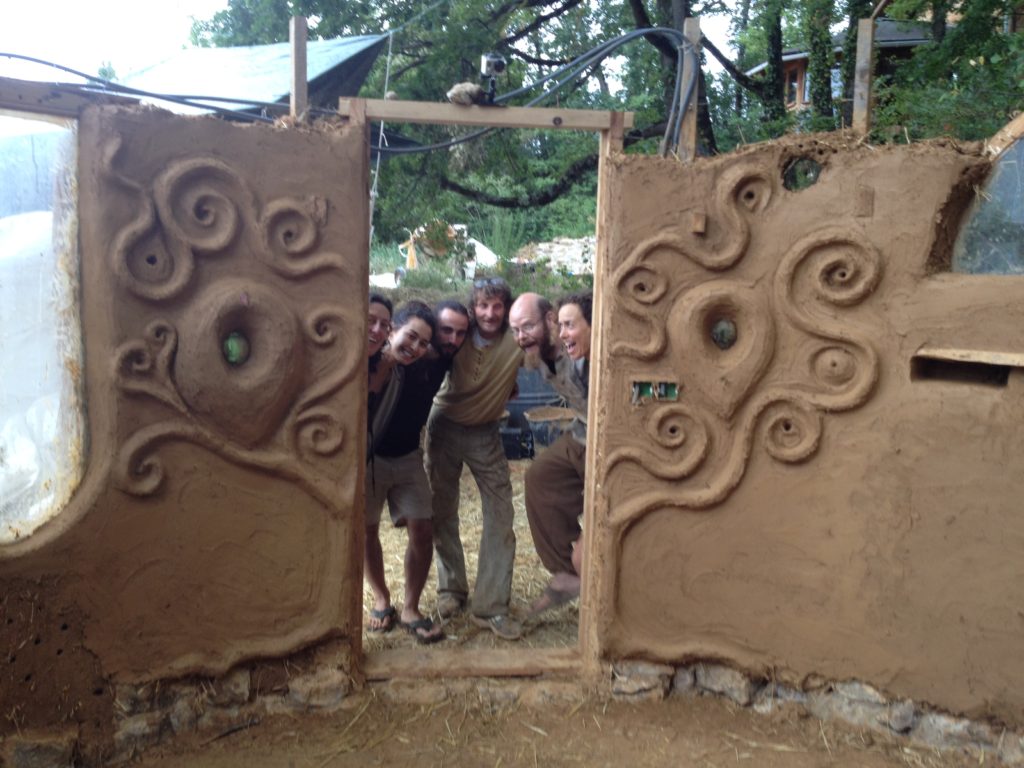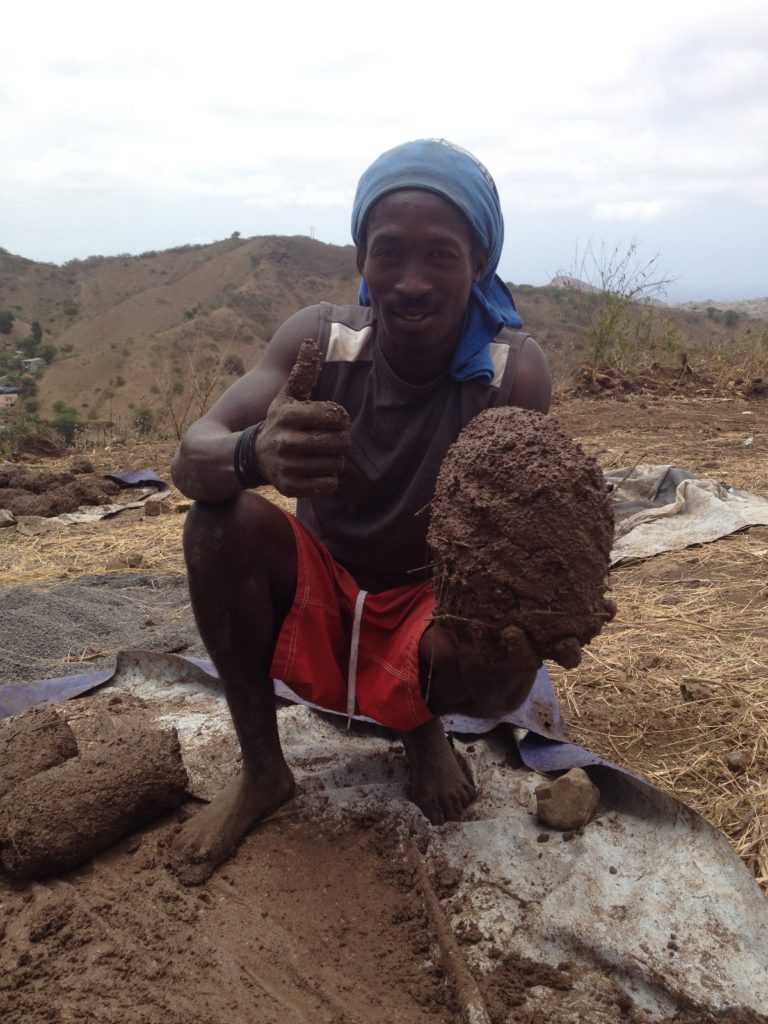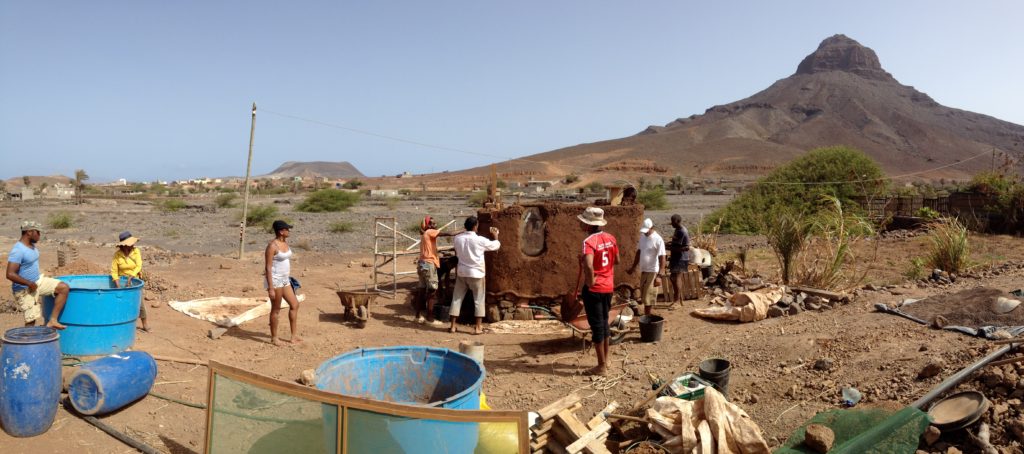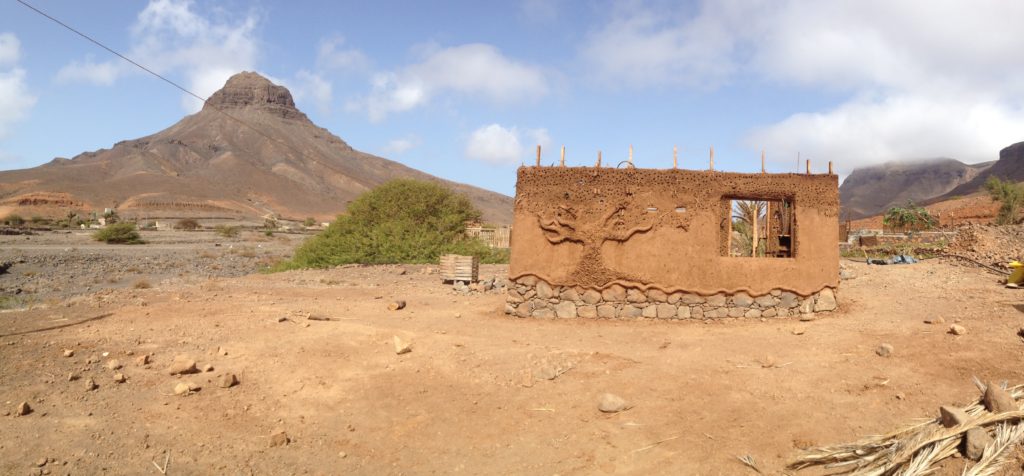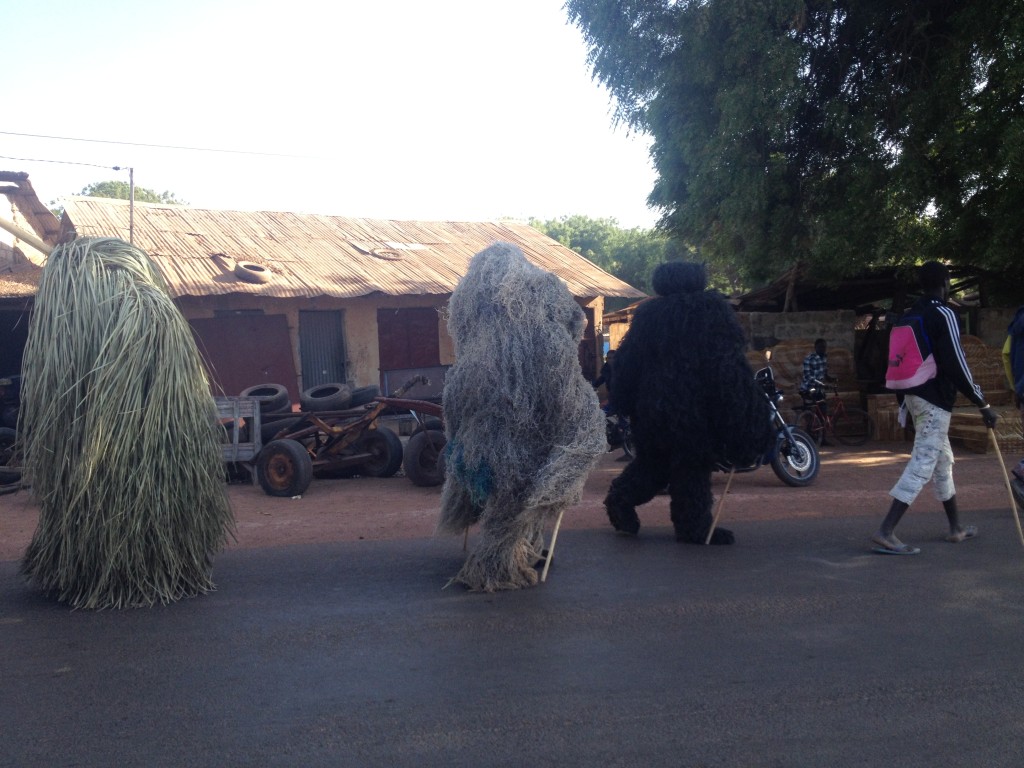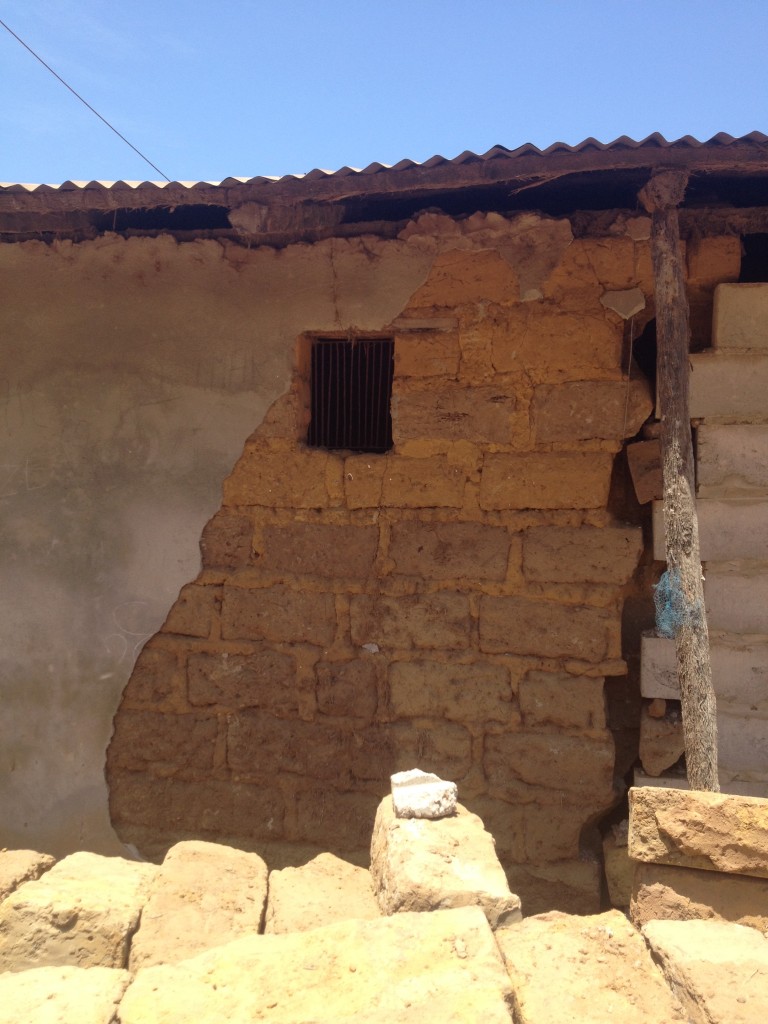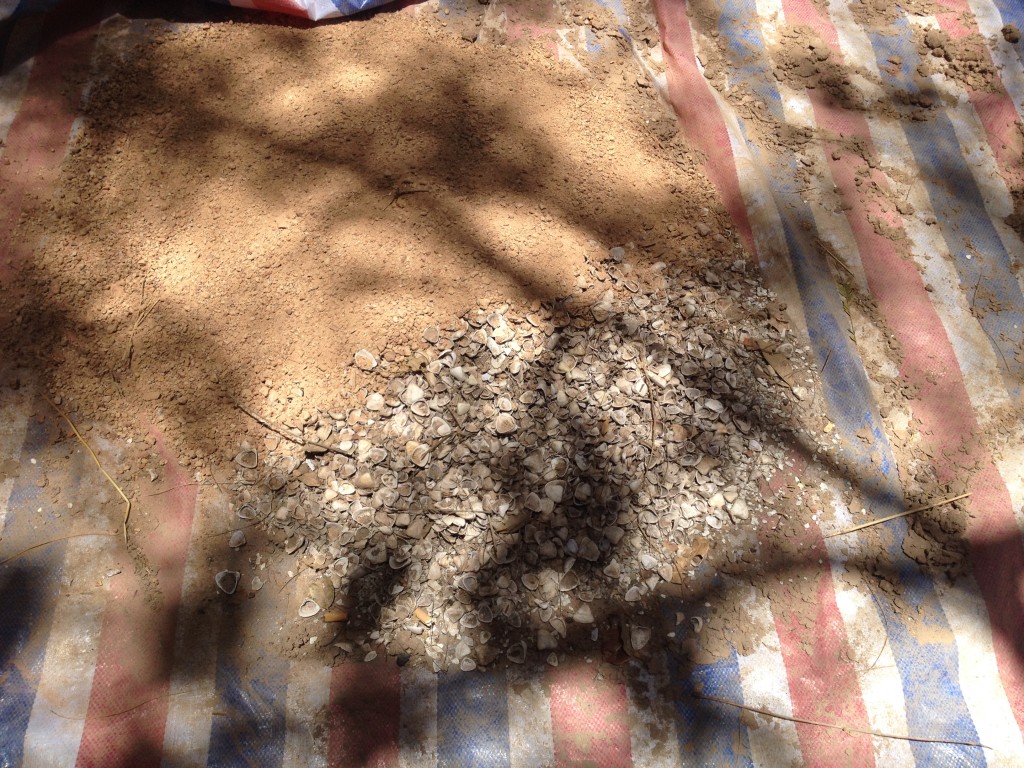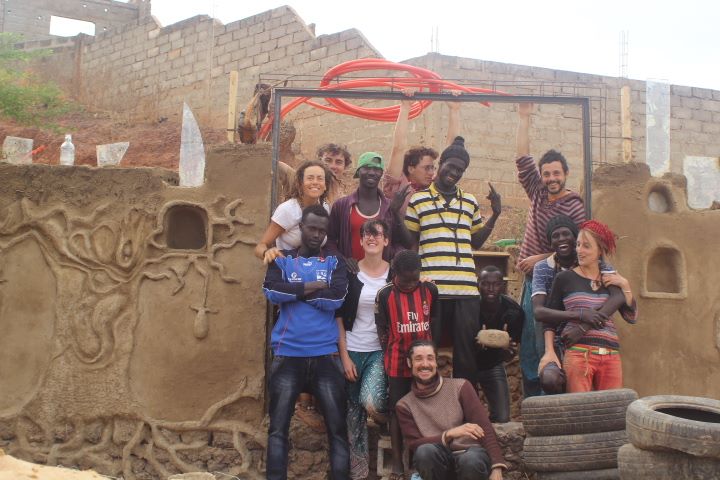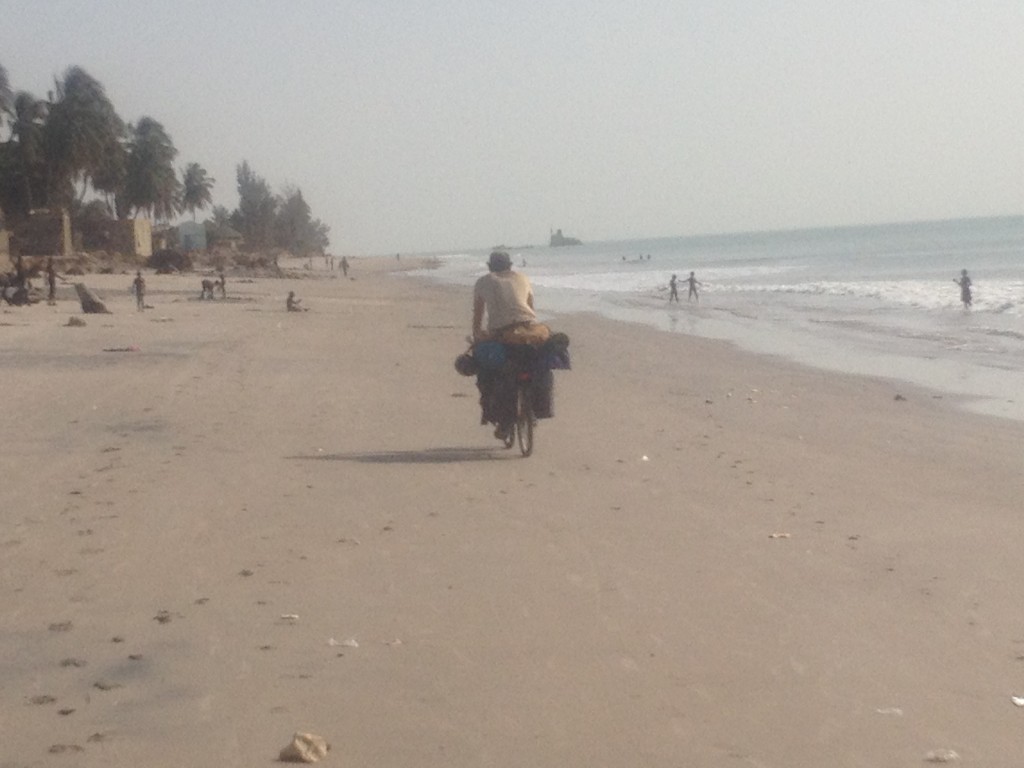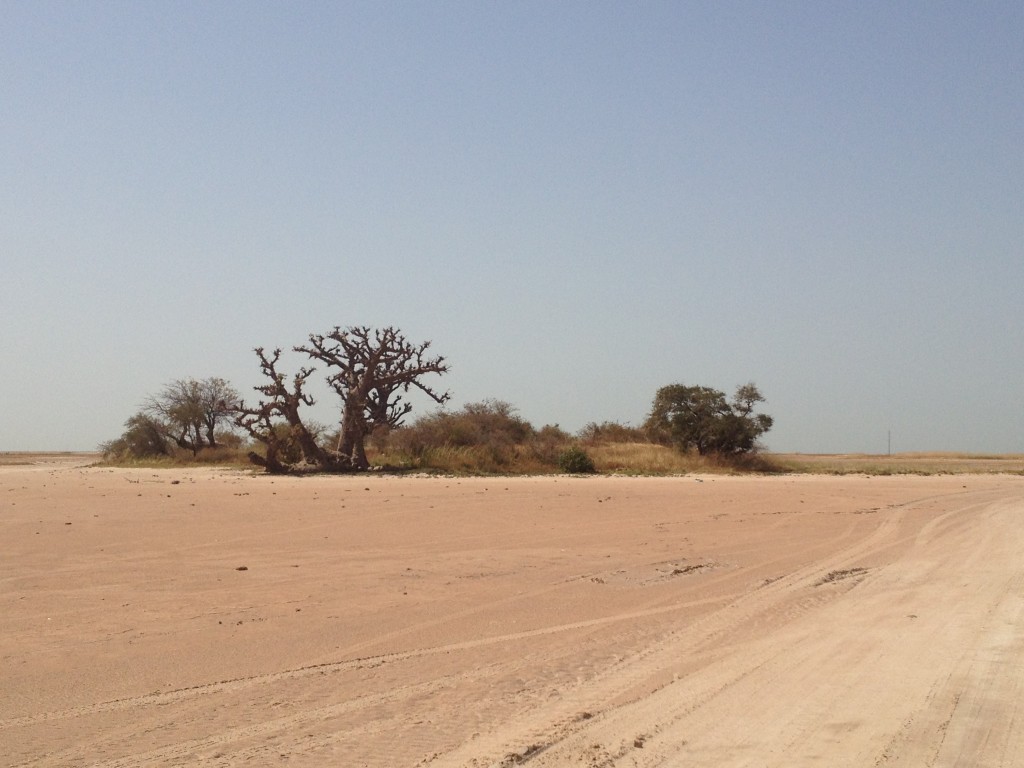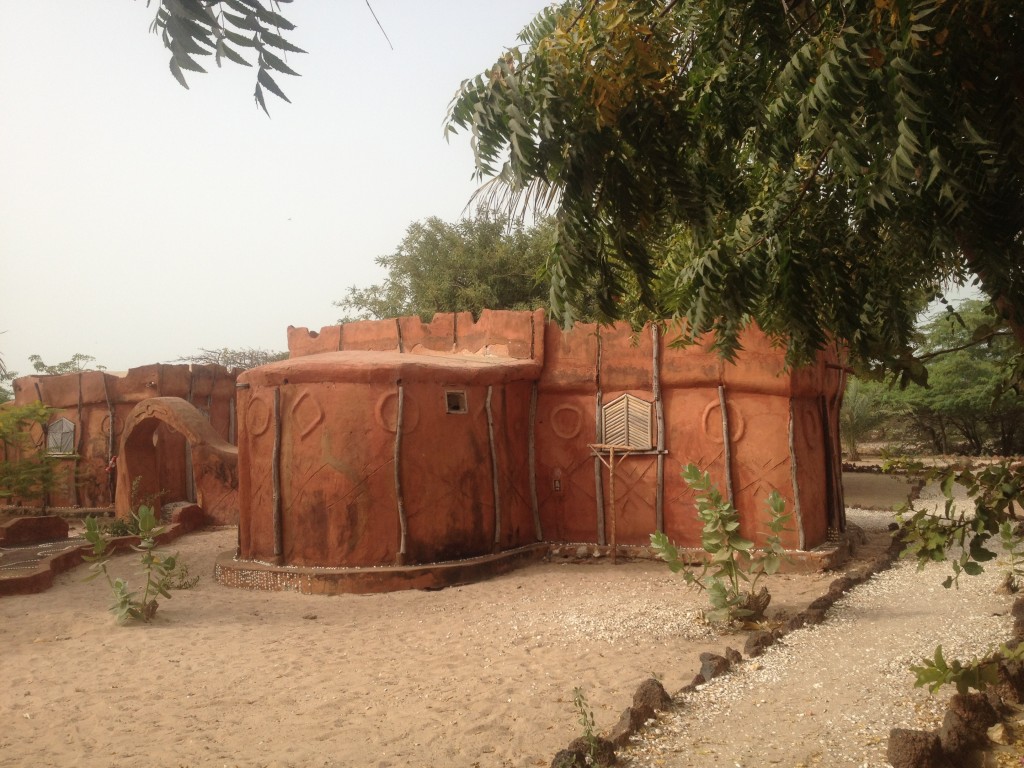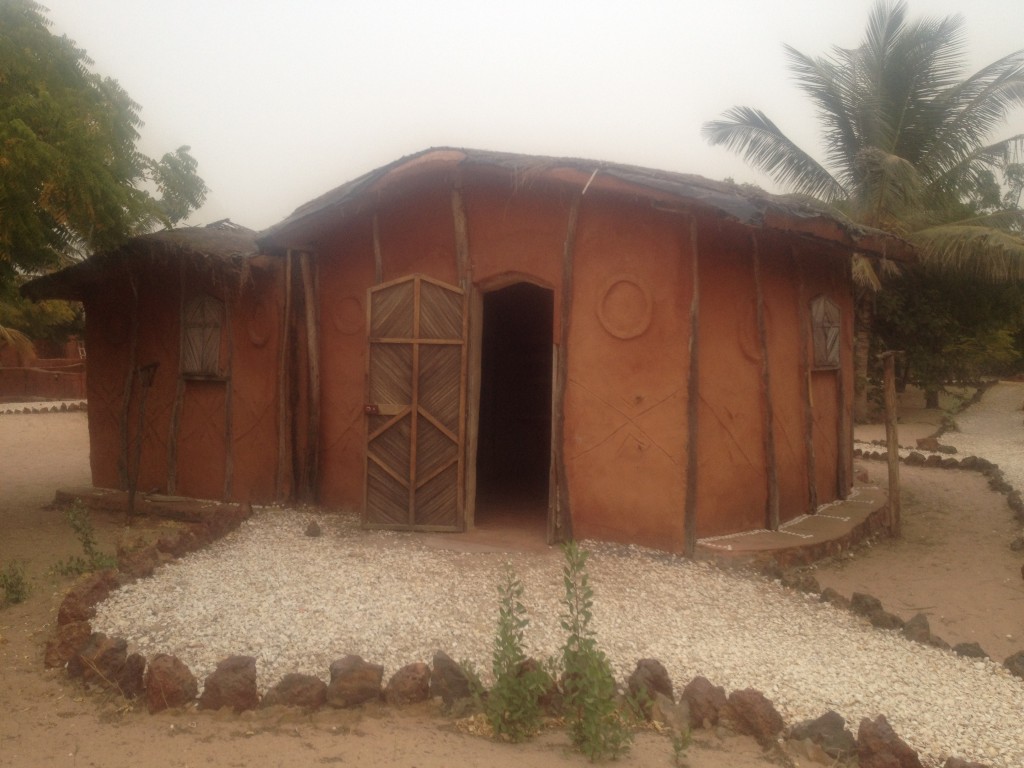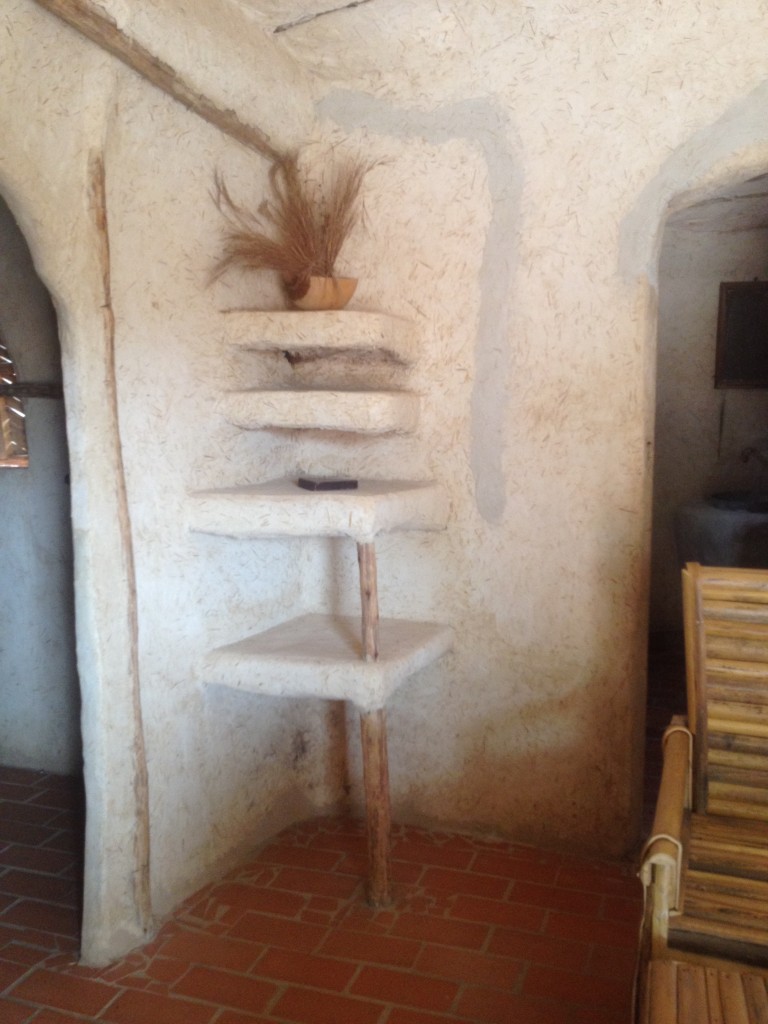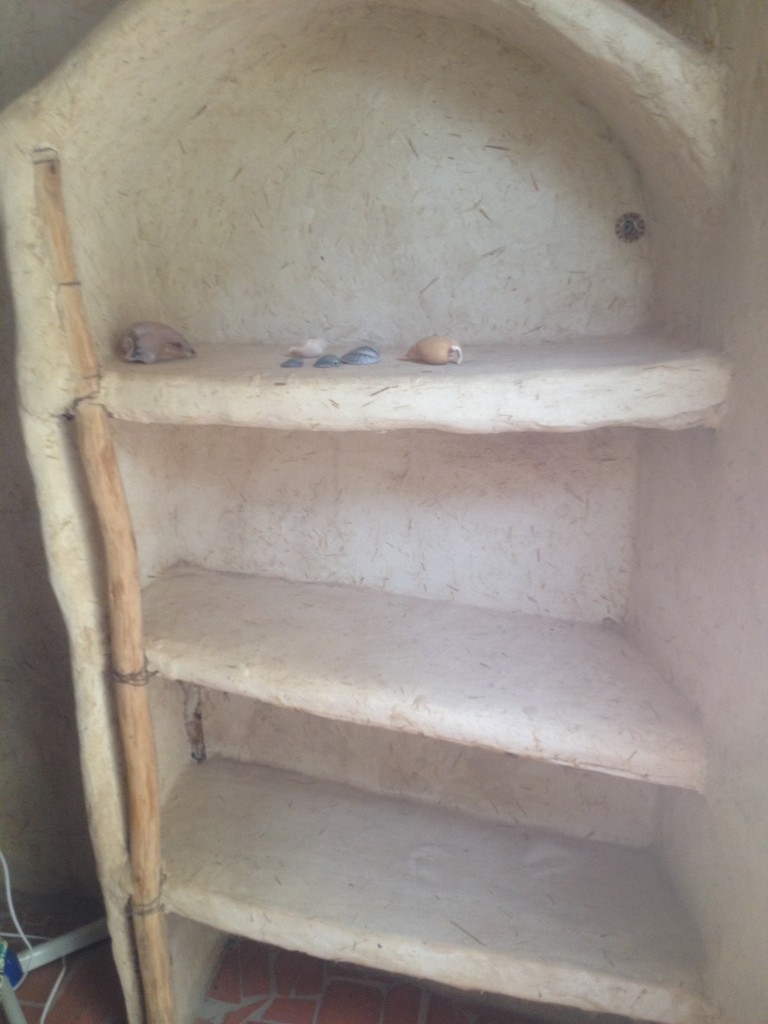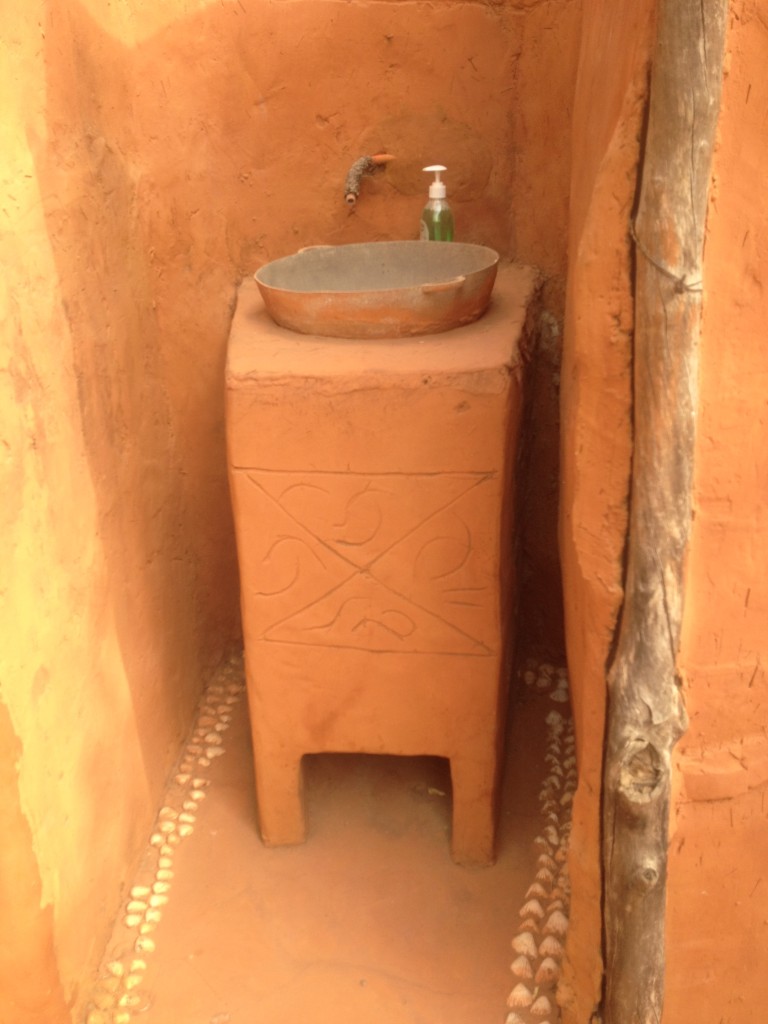I had a feeling this workshop would be the one that would reach my personal goal of truly completing the whole building right to the roof covering. It is the third month-long cob workshop I have led and for factors that I managed to control this time, the previous two did not attain the roof completion. I am learning to stay strict about building size relative to number of students and strict about the schedule. I think I am also learning to support the students mentally and physically in maximizing their potential.. I still realize that whatever number I declare to be the daily individual goal for cob batches, people rarely attain that consistently. The lesson this time was that as I lowered the daily goal to 3, the lowest yet, people lowered their output. If I had declared it to be 6 batches, everyone would easily be making 3 batches a day. At 3, there were many 1 batch days for a number of students. My intention in the cob workshops I teach is to have students experience the intensity of effort it takes to complete a cob building in a reasonable time frame. Most cob projects I have heard about take an excessively long time to complete because it’s hard work and not systematized or consistent. On the job sites I have had, the only way we can advance effectively is to have systems of concentrated production, multi-tasking with trimming, and of course having all the inserted materials prepped and ready when needed. Same for the workshops. When talking with other teachers or students who have taken other workshops, what I hear is that a full building is never completed. I know that students really want this experience and when they accomplish benchmarks like finishing the wall, there is such an ecstatic bliss that sets in, along with fulfillment, pride and confidence, that I know I am doing the right thing.
The Texas workshop students had a phenomenal synergy. There was the youthful crew that worked hard and played hard, every night, and weekends…and then the others that paced their energy with early bedtime and restful weekends. Nonetheless the closeness and joy of the whole group grew quickly from Day 1 until the difficult goodbyes one month later. The deep bond that was formed in the creation of this beautiful sculpted cob studio is irreparable and eternal. Each student has gained the knowledge and ability to do the same when they return home or wherever they are. For this reason, the Complete Cob Workshops will become CruzinCobGlobal’s standard offering 4 times a year, all over the world. It is this type of workshop that will produce confident and able Cobbers, ready to be assistant teachers and ready to build cob projects.
Congratulations to the new class of Advanced Cobber graduates! Well done!


